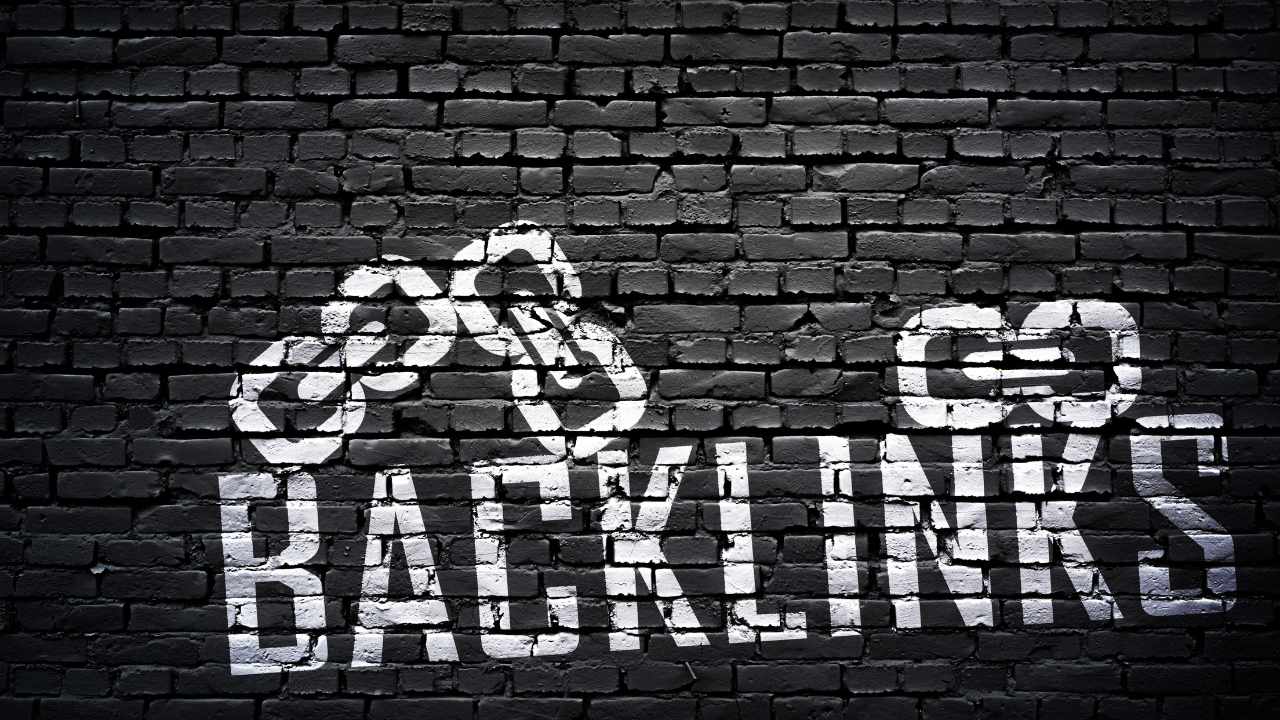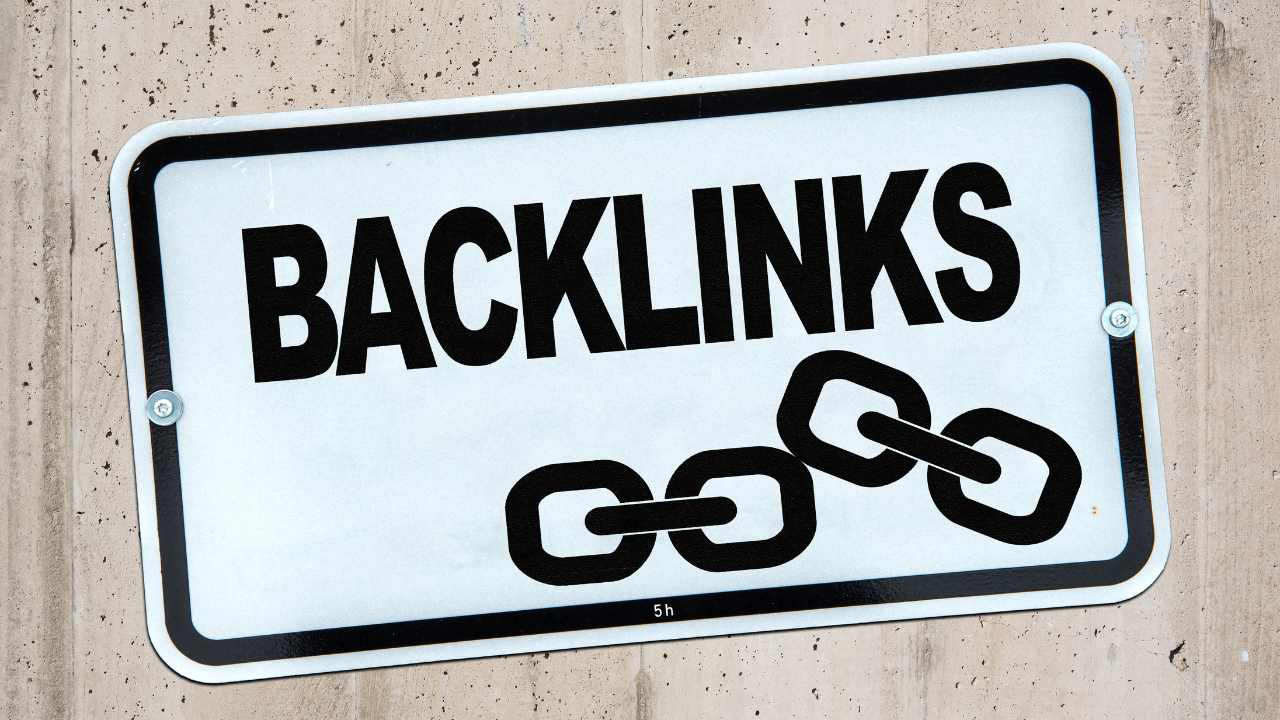How can I create profile and user backlinks on other websites?: In today’s digital world, SEO (Search Engine Optimization) is an essential tool for website growth. Among the many strategies in SEO, backlinks play a critical role in improving your website’s ranking and visibility. This article focuses on “How to create profile and user backlinks on other websites”, along with step-by-step guidance, tips, and frequently asked questions.
Table of Contents
What Are Backlinks?
Backlinks are hyperlinks that connect one website to another. For example, if Website A has a link to Website B, it becomes a backlink for Website B.
Search engines like Google use backlinks to measure the reliability and quality of your site. Websites with more high-quality backlinks are considered more authoritative and rank higher in search engine results.
What Are Profile and User Backlinks?
Profile Backlinks:
These are links that you add to your profile when you create an account on websites. For instance, adding your website link in the “bio” or “website” section of your LinkedIn profile.
User Backlinks:
These links are created when you participate on platforms like forums, blog comment sections, or social media platforms and include your website link in your responses, posts, or comments.
Why Are Profile and User Backlinks Important?
- Increase Website Traffic:
Backlinks drive more visitors to your website. - Boost SEO Rankings:
Quality backlinks help improve your position on search engine results pages (SERPs). - Enhance Brand Authority:
Seeing your link on reputable websites helps build trust in your brand. - Improve Domain Authority (DA):
Backlinks contribute to a higher DA and Page Authority (PA), strengthening your overall SEO.
Step-by-Step Guide to Create Profile and User Backlinks
Here’s a simple yet effective process to create profile and user backlinks.
1. Select the Right Platforms
Choose websites that are relevant to your industry and have a high Domain Authority (DA). Some popular categories include:
- Forums and Communities: Quora, Reddit, or niche-specific forums.
- Social Media Platforms: LinkedIn, Pinterest, Twitter.
- Professional Networking Sites: Behance, Dribbble.
- Business Directories: Justdial, Sulekha, IndiaMart.
2. Create Your Profile
To create profile backlinks, you need to create an account on your chosen platforms.
Steps:
- Sign up or register on the website.
- Fill out your profile completely.
- Add your website URL in the “bio” or “website” section.
Tip: Write a professional bio and include keywords that represent your brand or business.
3. Participate in Forums and Blogs
Forums and blogs are excellent for building user backlinks.
How to Create Backlinks:
- Find blogs or forums related to your industry.
- Read the posts and leave meaningful comments or answers.
- Add your website link naturally, ensuring it fits the context.
Example:
If you are reading a blog about digital marketing, you can comment:
“Great article! I’ve also written a detailed guide on this topic. You can check it out here: [Your Website Link]”
4. Use Guest Posting
Guest posting involves writing articles for other websites in your niche and adding your link in the content.
Steps:
- Identify high-authority websites in your niche.
- Check their “Write for Us” or “Contribute” page.
- Follow the submission guidelines and include your website link in the post.
Tip: Write high-quality content that adds value to the audience.
5. Leverage Social Media Backlinks
Social media platforms are a quick and easy way to create backlinks.
Steps:
- Add your website URL to your profile bio.
- Share posts that include your website link.
- Participate in relevant groups and discussions.
Platforms like LinkedIn, Instagram, and Pinterest are particularly effective for this purpose.
6. Use Online Directories and Listings
In India, there are several directories where you can list your business and create backlinks.
Best Platforms:
- Justdial
- Sulekha
- IndiaMart
- Yellow Pages
Steps:
- Create a business account on these platforms.
- Fill in your details, including your website link.
7. Engage in Blog Commenting
Blog commenting is another popular way to generate backlinks.
Tips for Effective Blog Commenting:
- Always comment on blogs related to your niche.
- Write useful, meaningful comments that add value to the discussion.
- Include your link only if it is relevant and enhances the conversation.
8. Use Multimedia Platforms
Platforms like YouTube and Pinterest allow you to share content while including backlinks.
Examples:
- Add your website link in the description of your YouTube videos.
- Share presentations or documents on SlideShare and include your link.
- Use Pinterest boards to link back to your website.
Common Mistakes to Avoid While Creating Backlinks
1. Low-Quality Websites
Avoid creating backlinks on spammy or irrelevant websites. Focus on high-authority platforms.
2. Excessive Keyword Stuffing
Using too many keywords in anchor text can violate Google’s guidelines and harm your rankings.
3. Creating Too Many Links at Once
Building backlinks too quickly can raise red flags with search engines. Aim for steady growth.
4. Irrelevant Context
Always ensure your link adds value to the content and doesn’t come off as spammy.
Conclusion
Profile and user backlinks are essential for improving your website’s traffic, SEO rankings, and brand reputation. By choosing the right platforms and creating quality, relevant links, you can establish a strong online presence.
FAQs ( How can I create profile and user backlinks on other websites? )
1 Are all backlinks equally valuable?
No, backlinks from high-authority websites are more valuable than those from low-quality or irrelevant sites.
2 What tools can help monitor backlinks?
Some popular tools include Ahrefs, SEMrush, Moz, and Google Search Console.
3 How long does it take to see results from backlinks?
It can take 2-3 months to notice significant improvements in SEO rankings.
4 Is buying backlinks a good idea?
No, buying backlinks can lead to penalties from Google. Always focus on creating organic, high-quality backlinks.
5 How many backlinks should I create?
Focus on quality over quantity. Building 5-10 high-quality backlinks per month is better than creating 100 low-quality links.


